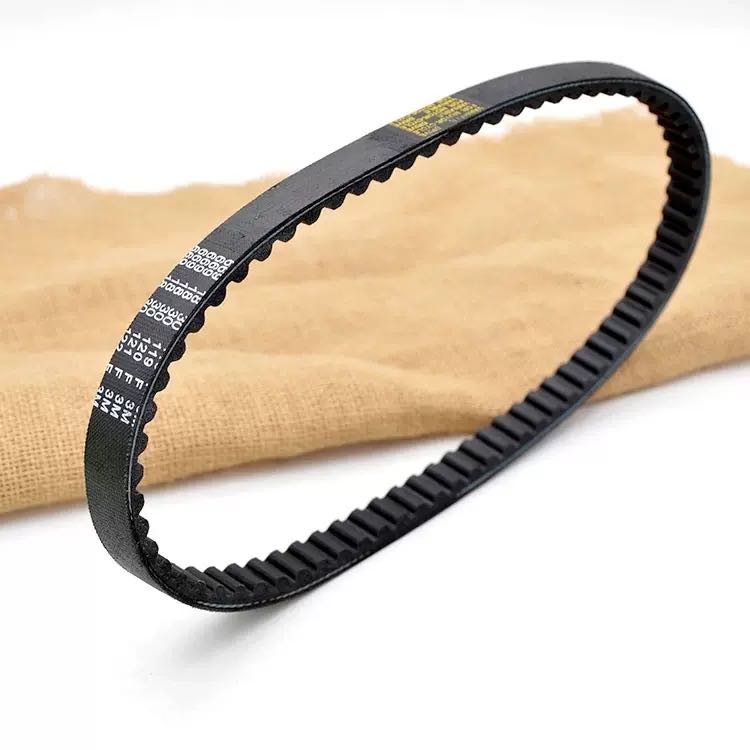- Arabic
- French
- Russian
- Spanish
- Portuguese
- Turkish
- Armenian
- English
- Albanian
- Amharic
- Azerbaijani
- Basque
- Belarusian
- Bengali
- Bosnian
- Bulgarian
- Catalan
- Cebuano
- Corsican
- Croatian
- Czech
- Danish
- Dutch
- Afrikaans
- Esperanto
- Estonian
- Finnish
- Frisian
- Galician
- Georgian
- German
- Greek
- Gujarati
- Haitian Creole
- hausa
- hawaiian
- Hebrew
- Hindi
- Miao
- Hungarian
- Icelandic
- igbo
- Indonesian
- irish
- Italian
- Japanese
- Javanese
- Kannada
- kazakh
- Khmer
- Rwandese
- Korean
- Kurdish
- Kyrgyz
- Lao
- Latin
- Latvian
- Lithuanian
- Luxembourgish
- Macedonian
- Malgashi
- Malay
- Malayalam
- Maltese
- Maori
- Marathi
- Mongolian
- Myanmar
- Nepali
- Norwegian
- Norwegian
- Occitan
- Pashto
- Persian
- Polish
- Punjabi
- Romanian
- Samoan
- Scottish Gaelic
- Serbian
- Sesotho
- Shona
- Sindhi
- Sinhala
- Slovak
- Slovenian
- Somali
- Sundanese
- Swahili
- Swedish
- Tagalog
- Tajik
- Tamil
- Tatar
- Telugu
- Thai
- Turkmen
- Ukrainian
- Urdu
- Uighur
- Uzbek
- Vietnamese
- Welsh
- Bantu
- Yiddish
- Yoruba
- Zulu
Nov . 24, 2024 06:41 Back to list
Understanding the Role of Belts in Automotive Engine Performance and Maintenance
Belts in Car Engines An Overview of Function and Importance
Car engines are intricate systems comprising various components that work harmoniously to ensure optimal performance. One of the critical elements often overlooked is the belt system. Engine belts play a pivotal role in the functioning of several important components, and understanding their types, functions, and maintenance can significantly enhance vehicle efficiency and longevity.
Types of Belts
In the realm of car engines, there are primarily three types of belts the timing belt, serpentine belt, and V-belt. Each serves a unique purpose, contributing to the overall operation of the engine.
1. Timing Belt The timing belt is a crucial component responsible for synchronizing the rotation of the crankshaft and camshaft. This synchronization ensures that the engine's valves open and close at the proper times during each cylinder's intake and exhaust strokes. Typically made from rubber reinforced with steel, the timing belt is crucial in preventing catastrophic engine damage. A failure in the timing system can lead to the valves colliding with the pistons, resulting in severe engine damage. For this reason, manufacturers recommend periodic replacement, usually every 60,000 to 100,000 miles, although this can vary based on the make and model of the vehicle.
2. Serpentine Belt The serpentine belt, also known as the drive belt, is a long, continuous belt that winds around multiple pulleys (typically including the alternator, power steering pump, water pump, and air conditioning compressor). This belt is designed to drive several peripheral devices in the engine, making it an essential element for the proper functioning of various systems. Unlike older cars that used multiple belts, most modern vehicles utilize a single serpentine belt for greater efficiency and simplicity. The serpentine belt is also made of a durable rubber material, and like the timing belt, it requires regular inspection and replacement, typically every 50,000 to 100,000 miles.
3. V-Belt The V-belt is an older type of belt that has been largely phased out in favor of the serpentine belt. However, it is still used in some vehicles and appliances. The V-belt operates in a V-shaped groove on the pulley and is primarily used for driving accessories like the water pump and alternator. While not as common today, knowing about V-belts can be useful for those with vintage cars or specific industrial applications that still rely on this technology.
Importance of Belts
belts in car engines

The importance of engine belts cannot be overstated. They serve as the backbone of many engine functions, ensuring that various components operate smoothly and efficiently. Without these belts, key systems in the vehicle, including electrical generation, air conditioning, and cooling, would fail, leading to engine overheating, loss of power steering, and ultimately, a breakdown.
Additionally, malfunctioning or worn belts can lead to decreased fuel efficiency and poor vehicle performance. For instance, a frayed or slipping serpentine belt can cause an alternator to underperform, which may lead to battery issues. Hence, ensuring that belts are in good condition is vital for maintaining not just engine health but also overall vehicle performance.
Maintenance and Signs of Wear
Regular maintenance of your vehicle’s belts is crucial. Drivers should periodically check for visible signs of wear such as cracks, fraying, or glazing (a shiny residue indicating slippage). Listening for unusual noises, such as squeaks or screeches, can also indicate that a belt may be failing. An effective car maintenance routine should include inspection and replacement of belts as per the manufacturer’s recommendations.
In addition to physical inspections, having a professional mechanic check your belts during routine service appointments can save you from unforeseen repairs down the line. This proactive approach not only enhances engine reliability but also ensures a safer driving experience.
Conclusion
In conclusion, understanding the role of belts in car engines is essential for any vehicle owner. These components may be small in size, but their impact on engine performance, functionality, and longevity is significant. By staying informed and taking proactive measures regarding belt maintenance, owners can ensure their vehicles operate at peak efficiency, promoting safety and reliability on the road. Belts are truly the unsung heroes of car engines, silently powering critical systems and keeping everything running smoothly.
-
Upgrade Power Steering Pump Belt for Smooth, Quiet Operation
NewsAug.27,2025
-
Precision Timing Belt & Chain: Engine Performance & Durability
NewsAug.26,2025
-
Precision Lathe Drive Belts: Durable & Reliable Performance
NewsAug.25,2025
-
84.5 Serpentine Belt: Durable & Precision Fit for Your Engine
NewsAug.24,2025
-
Premium Ribbed Drive Belts for Quiet Power Transmission
NewsAug.23,2025
-
High-Performance Vehicle Timing Belt for Engine Precision
NewsAug.22,2025

